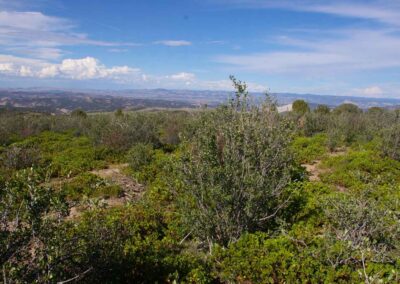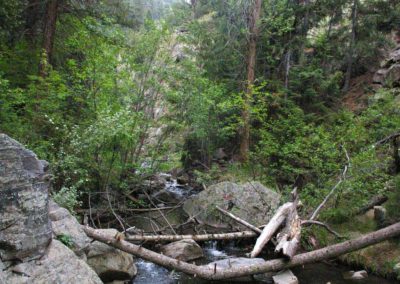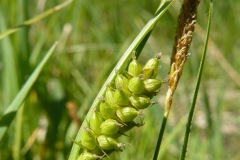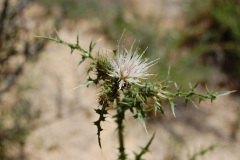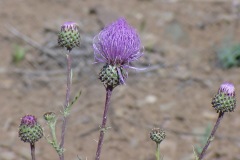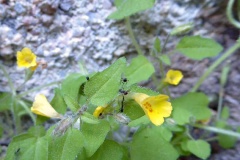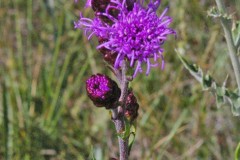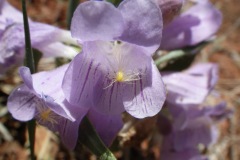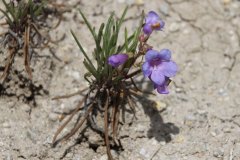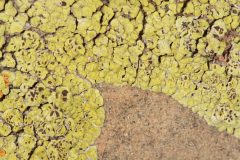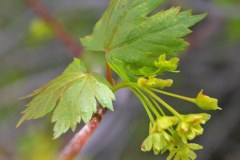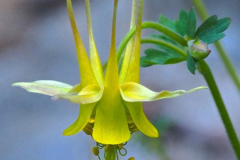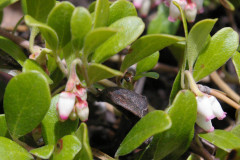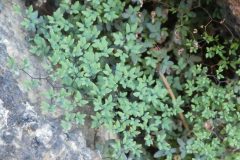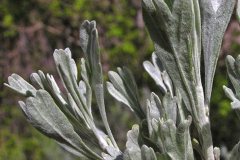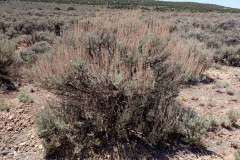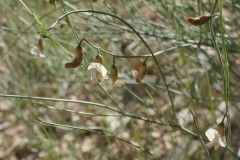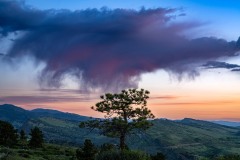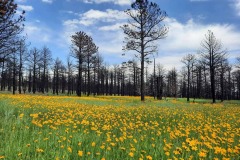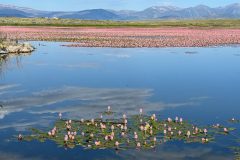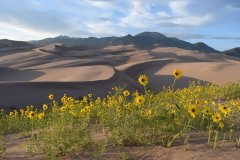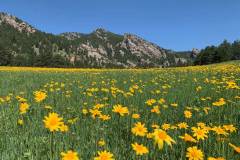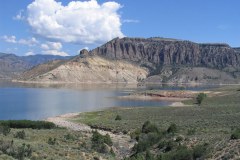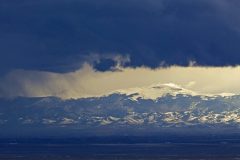
Foothills Life Zone
Ranging from 6,500 to 8,000 feet in elevation, the foothills mark the east-west transition zone from the short-grass prairies of the plains to the Rocky Mountains. The region receives roughly 14 to 25 inches of precipitation per year, around half of which is from snow melt. Like the plains to the east, the foothills zone often experiences dramatic temperature swings and is home to native vegetation that is well adapted to extreme full sun conditions. Unlike the plains, however, this region also includes a significant amount of native plants and grasses that have moderate to high levels of shade tolerance.
Although some grasses that predominate on the plains are common at lower elevations in the foothills, this zone is marked by the existence of numerous shrub communities as well as forests. Many of these shrubs or small trees, such as Rocky Mountain Juniper and Mountain Mahogany, are well adapted to well-drained, nutrient poor, rocky soils. These shrubs and tree communities provide important ecological services as they serve as host plants for numerous species in the Lepidoptera family and food and shelter for native birds.
-John Sciarcon
Plant Communities in the Foothills Zone
Click on Photos Below for More InformationPlants of the Foothills Zone
Plant photos are in alphabetical order by scientific name.
Click on a photo to get started.
Then use the left-right arrows to scroll to the next image.
Click the arrow on the bottom left to see a slideshow.
Click the “i” to see information about the plant.
Click on the bottom down arrow to remove the thumbnail carousel

